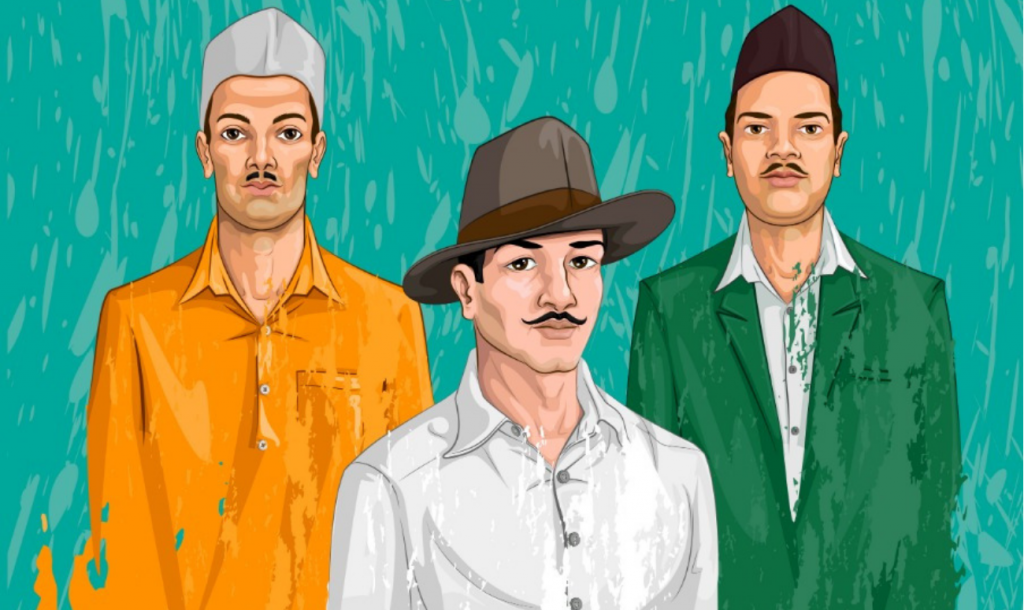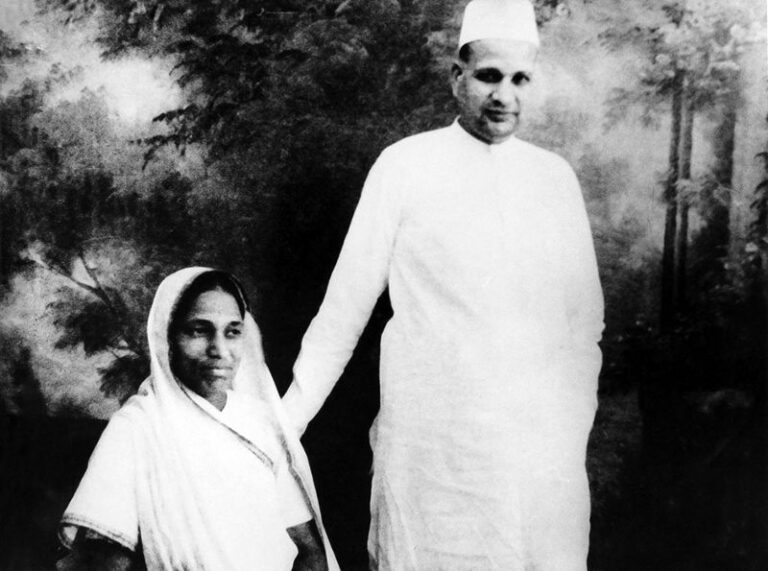The Last Great Hindu King: How Harshvardhan Almost Unified India- Harshvardhan, also known as Harsha, was one of the last significant Hindu rulers of India before the region underwent profound changes with the rise of Islamic empires. He ruled in the 7th century and is remembered for his consolidation of northern India, as well as his support for both Hinduism and Buddhism. His reign, lasting from around 606 to 647 CE, stands as a significant chapter in the history of ancient India, marked by military prowess, cultural achievements, and religious tolerance.
Early Life and Ascension to the Throne
Harshvardhan was born into the Vardhana dynasty, which ruled from the region of Thanesar (modern Haryana). His father, Prabhakar Vardhan, was a respected local ruler, and his brother Rajyavardhan briefly succeeded him after his death. However, following his brother’s assassination by the Gupta dynasty’s successors, Harsh ascended to the throne.
Initially, Harsh’s rule was concentrated in the region of Thanesar, but through a series of military campaigns and diplomatic maneuvers, he gradually expanded his dominion, eventually consolidating control over a vast territory that stretched from the Indus River in the northwest to the Narmada River in the south, and from the Himalayas in the north to the Ganga River in the east.
Military Conquests and Expansion
One of Harshvardhan’s major early achievements was his victory over Shashanka, the ruler of Bengal, who had been a significant rival. After Shashanka’s defeat, Harsh expanded his control over regions including parts of Magadha and the Ganga Valley. His military skills, combined with strategic alliances, allowed him to consolidate power across northern India. Harsh’s ability to unify many diverse and fragmented regions under a single rule was a key element of his success, albeit his empire’s unity would not last long after his death.
Patronage of Buddhism and Hinduism
Harshvardhan’s religious policies were notable for their inclusivity and support for both Hinduism and Buddhism. Although he was a devout Hindu, his reign was marked by significant support for Buddhist institutions, which flourished under his rule. Harsh himself is said to have been deeply influenced by Buddhism, and his court became a center of Buddhist learning and scholarship.
One of the most important events during his reign was the Buddhist council he convened at Kannauj around 643 CE. This gathering of scholars and monks from across Asia helped strengthen the bonds between Indian Buddhism and other parts of the world, particularly China. His support for Buddhism was not exclusive, however, and he also promoted Hindu religious practices by building temples and supporting the Brahmanical establishment.
Cultural and Intellectual Renaissance
Harshvardhan’s court was renowned for its intellectual vibrancy. He attracted a number of scholars, poets, and artists, and his reign saw a cultural renaissance. The poet Banabhatta, who served as Harsh’s court scholar, is one of the most famous figures of this period. He authored two significant works: the “Harshacharita”, a biography of the king, and “Kadambari”, an early example of Sanskrit prose fiction.
This period also witnessed advancements in science, particularly in fields like astronomy and medicine, as Harsh provided patronage to scholars who contributed to these fields. The flourishing of Sanskrit literature during his reign marked the continuation of the classical culture of ancient India.
Diplomatic Relations and Foreign Influence
Harshvardhan maintained diplomatic relations with other countries and regions, fostering cultural exchange and reinforcing his reputation as a wise and capable ruler. One of the most notable foreign visitors to Harsh’s court was the Chinese traveler Xuanzang (also known as Hsüan Tsang), who visited India in the early 7th century. Xuanzang’s accounts of Harsh’s reign describe him as a benevolent and just ruler who was deeply invested in the welfare of his subjects. Xuanzang also noted that Harsh’s empire was a peaceful and prosperous one, marked by a high degree of social stability.
Harsh also maintained relations with Nepal and regions of Southeast Asia, further strengthening his political and religious influence beyond India. His reign contributed to the spread of Indian culture and Buddhism across much of Asia.
Decline of the Empire
Despite his many accomplishments, Harshvardhan’s empire began to decline soon after his death in 647 CE. Harsh did not have a clear successor, and his empire was unable to withstand the pressures of internal fragmentation and external invasions. The political unity Harsh had established disintegrated rapidly, and regional powers once again gained dominance.
The rise of the Pala Empire in the east and the Pratihara dynasty in the west after Harsh’s death further divided northern India. In addition, the eventual Arab invasions in the 8th century played a significant role in the weakening of Indian kingdoms, especially in the north-western regions, which had been part of Harsh’s empire.
Legacy
Harshvardhan’s legacy endures in several key areas:
-
Political Unity: He succeeded in unifying much of northern India at a time when the subcontinent was politically fragmented, laying the groundwork for later empires.
-
Religious Tolerance: His dual patronage of both Hinduism and Buddhism set a model for religious coexistence and mutual respect, which was relatively rare in the history of India.
-
Cultural Flourishing: Harsh’s reign saw a renaissance of Sanskrit literature, arts, and sciences, and his support for intellectual and artistic pursuits has left a lasting cultural impact on India.
-
Historical Accounts: The works of Banabhatta and the records of Xuanzang provide invaluable insights into Harsh’s reign, highlighting his importance in the cultural and religious history of ancient India.
In conclusion, Harshvardhan’s reign marked the zenith of the Vardhana dynasty and is remembered as a time of political stability, cultural brilliance, and religious harmony. Despite the eventual collapse of his empire, his efforts in unifying India, fostering intellectual and cultural advancements, and supporting multiple religious traditions have made him a pivotal figure in the history of India.




